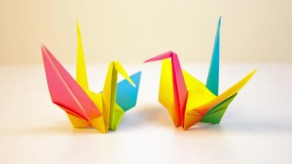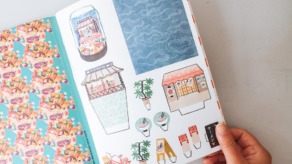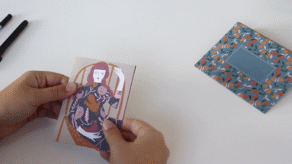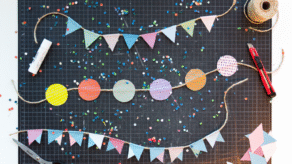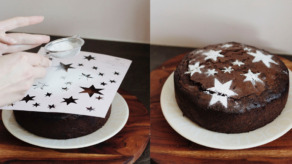The art journal: your own creative outlet
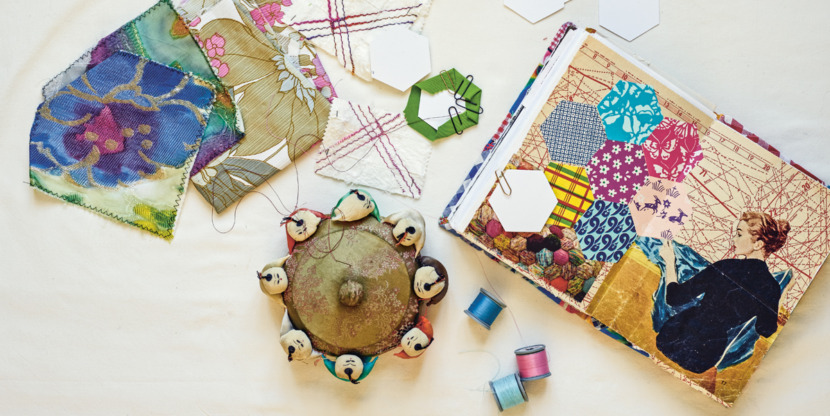
It’s a diary and creative outlet in one. Yet how does an art journal work, and how do you benefit from keeping one?
If you do some Googling, you’ll come across many types of art journaling: from drawings or paintings combined with text, to paper cutouts and collages. An important lesson in the American Dawn DeVries Sokol’s workshop is: There are no rules. “It’s your own creative outlet,” she says. “One person will make more of a diary, while someone else works more with photos, and a third might paint in their journal. I teach the techniques, and show what can be done. But what you do with it is up to you.”
Even if there are no rules, it’s still nice to see what others are doing. It seems that Arne Nerjordet and Carlos Zachrison (a Scandinavian design duo known for their knitted Christmas balls) have been fervent art journalers for 20 years already. They have even published an inspiring book about art journaling, featuring lots of photos from their own art journals. These are chock full of clippings, color schemes, photos, pieces of fabric and wool, ideas and sketches.
“Our art journals are almost as important as our final designs,” says Carlos. “We document every aspect of our lives: the pretty pictures we come across, as well as our ideas and thoughts. They are a kind of diary and creative meeting place in one. We don’t do it in any particular way, we just start and see where it takes us—like a puzzle for which we keep on finding new pieces. Sometimes I’ll cram all the loose clippings in my journal, and give them a place later.”
